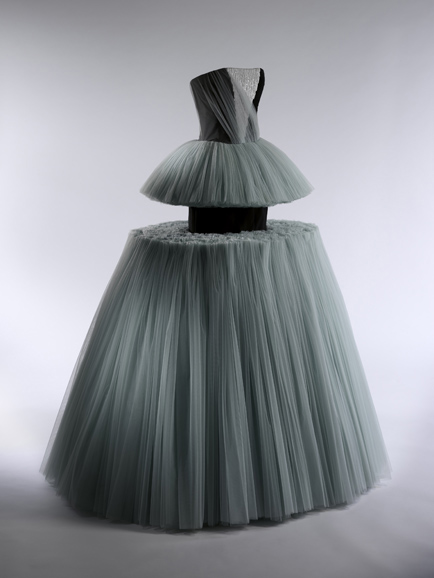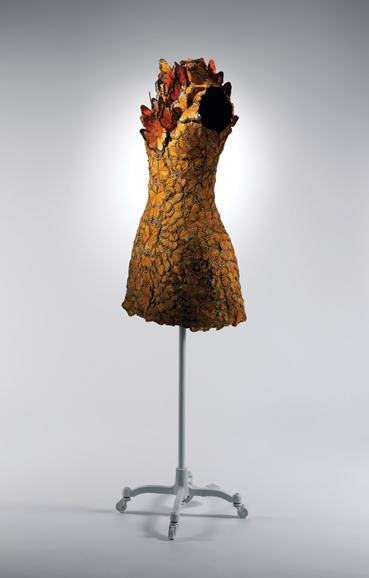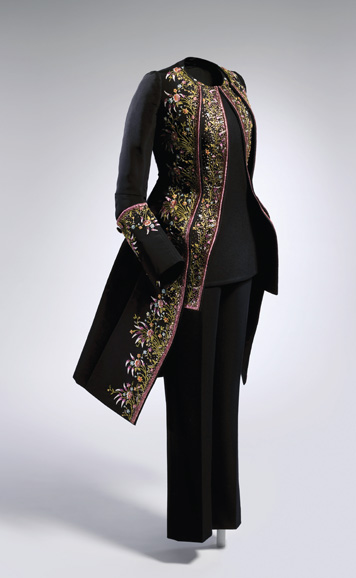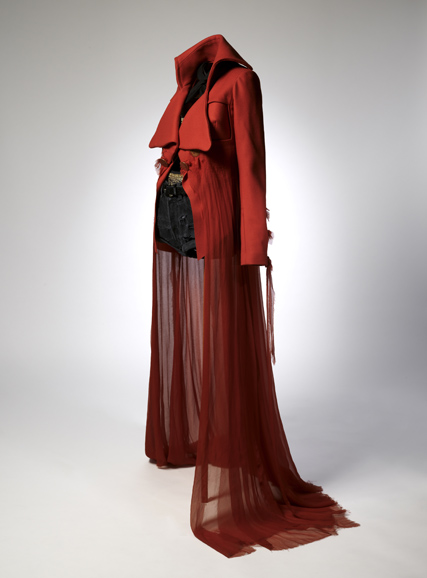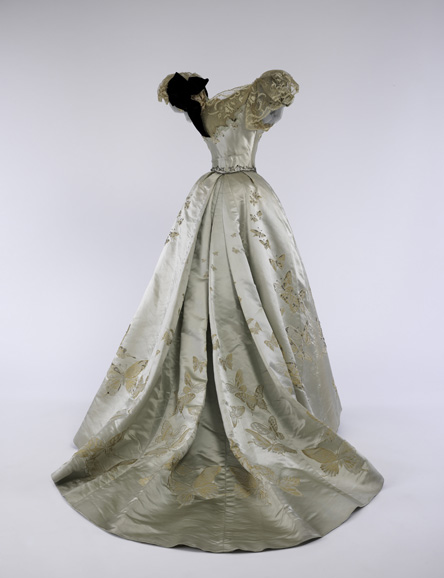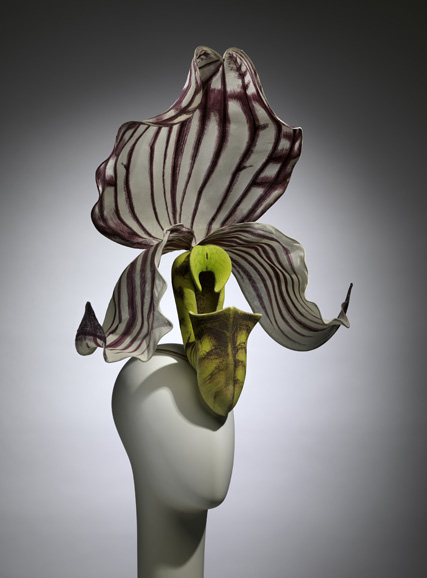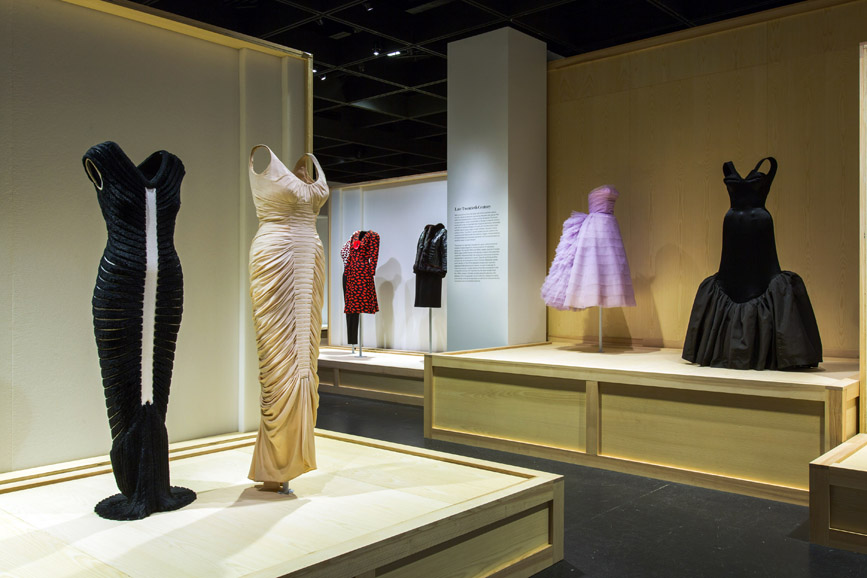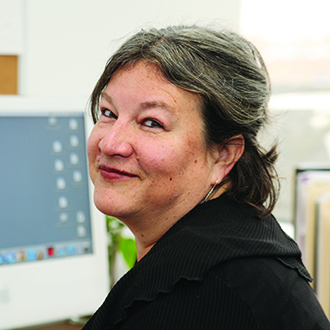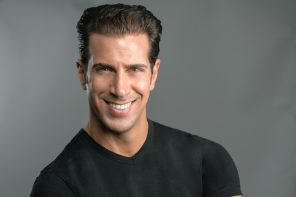The new year often brings on an urge to start fresh, to get things in order finally.
For a lot of women — and perhaps even some men — that frequently plays out in the exercise known as the closet overhaul.
The heart of this project is making an honest assessment of what you have and, sometimes, the process yields a few forgotten treasures.
We can only imagine how an exercise similar in theme played out at The Costume Institute of The Metropolitan Museum of Art, as its assessing of its own “closet” has put a most fashionable spotlight on its significant acquisitions of the last 10 years.
The result of this exploration is “Masterworks: Unpacking Fashion,” which continues through Feb. 5 in The Anna Wintour Costume Center at The Met Fifth Avenue.
And the exhibition, we must agree — with its treasure trove of fashions from the likes of Karl Lagerfeld, Christian Dior, Jean Paul Gaultier, Raf Simons, Christian Louboutin, Maison Margiela, Paul Poiret, Cristóbal Balenciaga, Yves Saint Laurent, Philip Treacy, Yohji Yamamoto and so many others — puts most of our own humble closets to shame.
Curated by Assistant Curator Jessica Regan with support from Curator in Charge Andrew Bolton, the show is said to explore “how the department has honed its collecting strategy to amass masterworks of the highest aesthetic and technical quality, including iconic works by designers who have changed the course of fashion history and advanced fashion as an art form.”
In press materials, Bolton says, “Our mission is to present fashion as a living art that interprets history, becomes part of the historical process and inspires subsequent art. Over the seven decades since The Costume Institute became part of The Met in 1946, our collecting strategy has shifted from creating a collection of Western high fashion that is encyclopedic in breadth to one focused on acquiring a body of masterworks.”
The show is a walk through several centuries of fashion, showcasing some 60 of the collection’s masterworks — mostly women’s wear but also a few men’s fashions and a selection of accessories — from the early 18th century to present day. Its focus is on designs that have joined the holdings since the Institute’s last acquisitions show, “blog.mode: addressing fashion” in 2007-08.
The main space, the Lizzie and Jonathan Tisch Gallery, offers a chronological journey with designs displayed on platforms that resemble giant packing crates.
As you walk down the steps to the exhibition entrance, an eye-catching ball gown by Viktor&Rolf greets you. The design, from the Dutch firm’s spring/summer 2010 collection, features some 200 yards of tulle. With a midsection that appears to have been chopped in half, the design was crafted as subversive commentary on the traditional 1950s gown.
As you travel through the compact exhibition, one where thoughtful choices bring home the quality-versus-quantity theme, you’ll pass from a 1730 French robe to a stunning 1911 Paul Poiret opera coat inspired by a kimono. There are Surrealist looks from Elsa Schiaparelli, working with Jean Cocteau and the House of Lesage, a dramatic Charles James 1949 “Tulip” evening dress and a punk wedding dress by Zandra Rhodes (1977). And that famous Gianni Versace safety-pin dress — which caused an international sensation when worn by WAG’s November cover girl Elizabeth Hurley in 1994 — is here, in a 2016 interpretation, as well.
Some of the newly acquired designs are paired with pieces already in the collection to show parallels in influences and silhouettes, perfectly exemplified by the side-by-side display of a 1929 evening dress from Madeleine Vionnet and a 1999 John Galliano design.
Unusual materials abound, from a Maison Martin Margiela waistcoat (1989-90), fashioned from porcelain plate shards, to a Sarah Burton for Alexander McQueen spring/summer 2011 dress that’s a fantasy of fluttering butterflies. There are also quite a few examples of quirky footwear, including the can-you-really-wear-it work by Noritaka Tatehana.
In the adjacent space, the Carl and Iris Barrel Apfel Gallery, are ensembles donated by designers in honor of Harold Koda upon his retirement as curator in charge of The Costume Institute in January 2016. It is here that we see a most fanciful orchid-inspired hat from Philip Treacy (spring/summer 2000 haute couture) and a standout embellished long coat that caps an ensemble by Raf Simons for House of Dior, an haute couture design from autumn/winter 2014-15.
Throughout, a sense of the common threads that run through fashion history come to light.
As Regan says, “While fashion is often derided for its ephemerality, its quick responsiveness to change ensures that it is an immediate expression of the spirit of its time — a vivid reflection of social, cultural and political circumstances, and of shifting ideals of beauty. The masterworks we’ve chosen to highlight are among many we have collected in the past decade that draw on forms, motifs and themes of the past, reinterpreting fashion history in ways that resonate in the present.”
All we can say is, it’s quite a captivating exhibition and one that provides plenty of food for thought as you glance over your own closet.
For more, visit metmuseum.org/FashionMasterworks.

